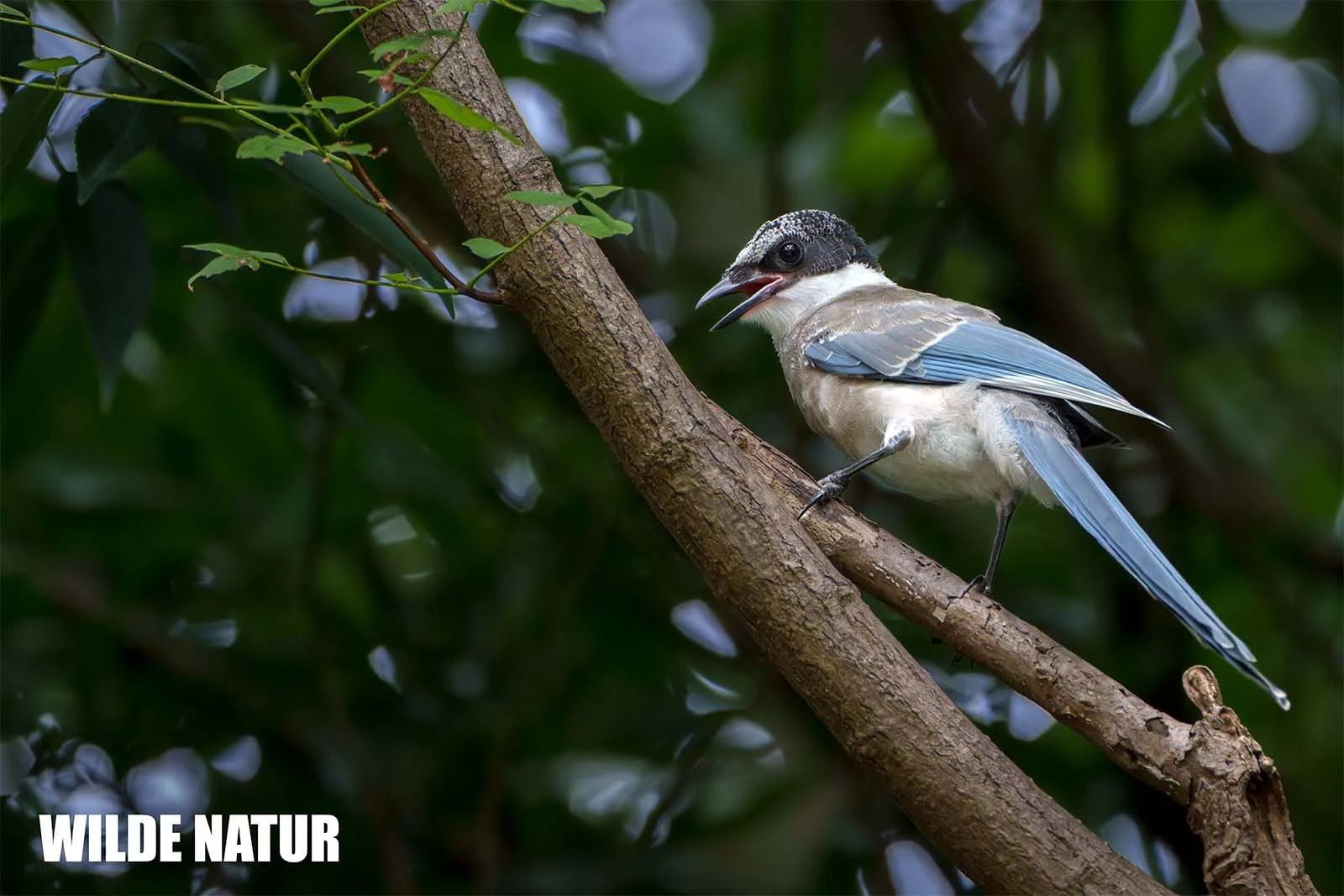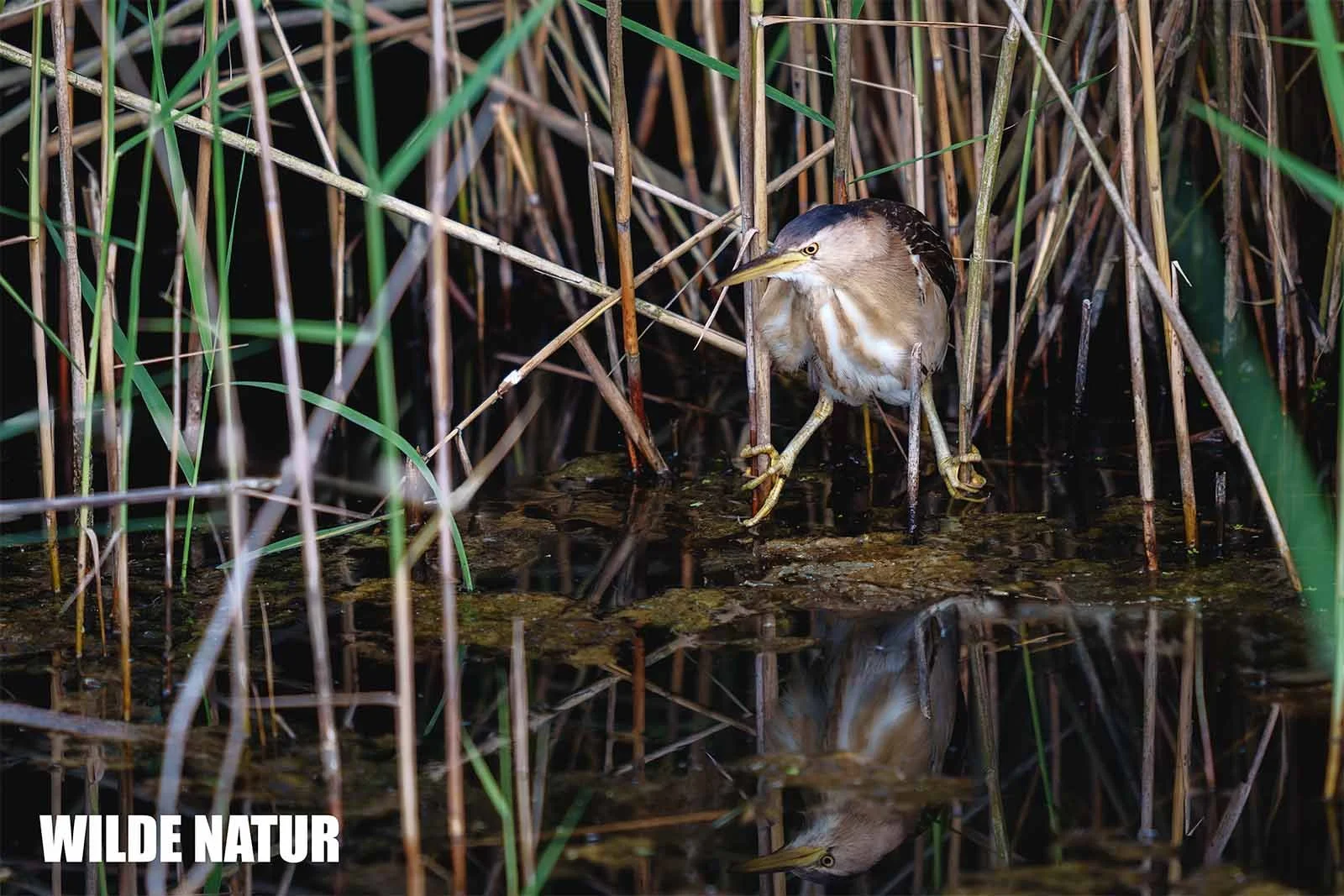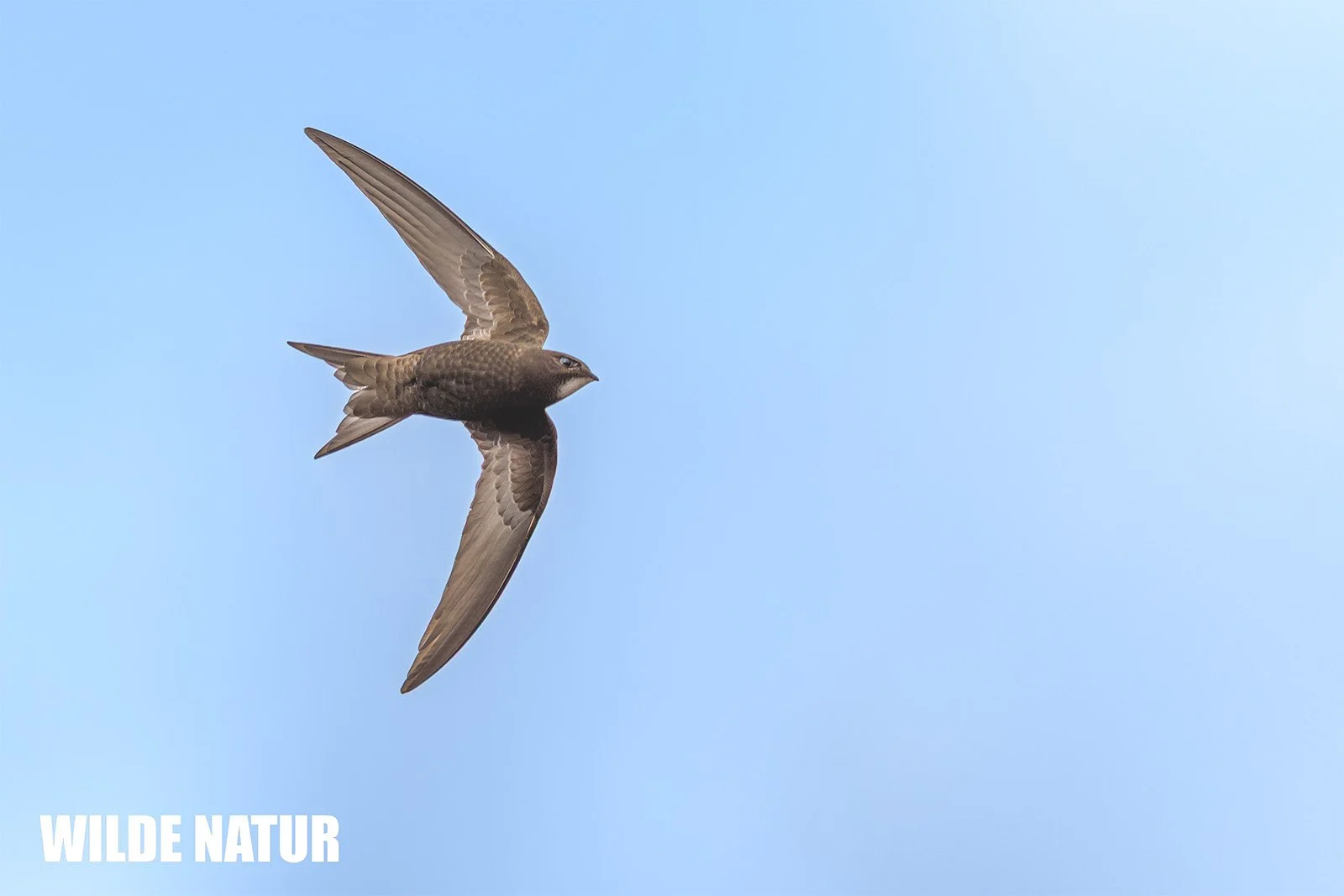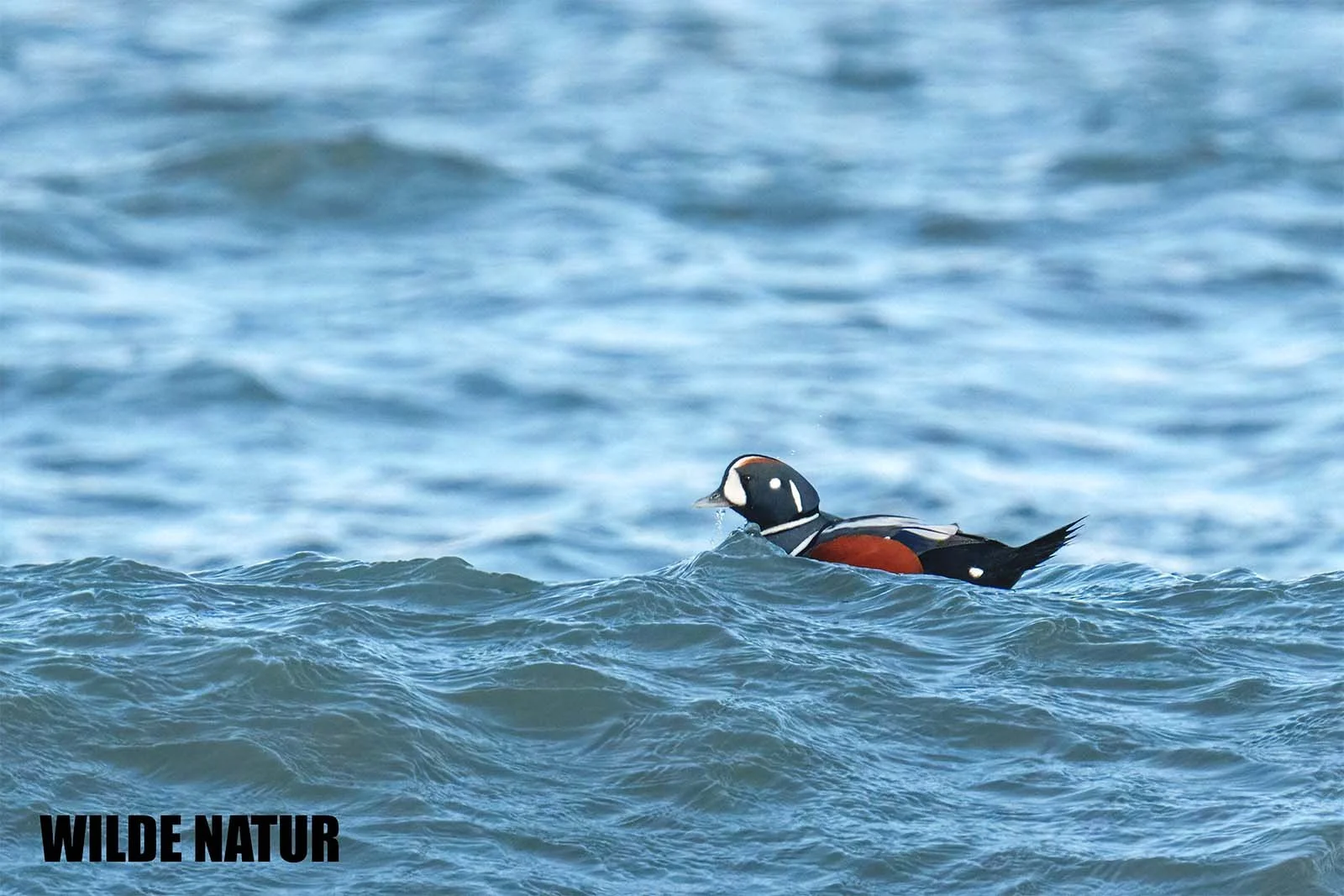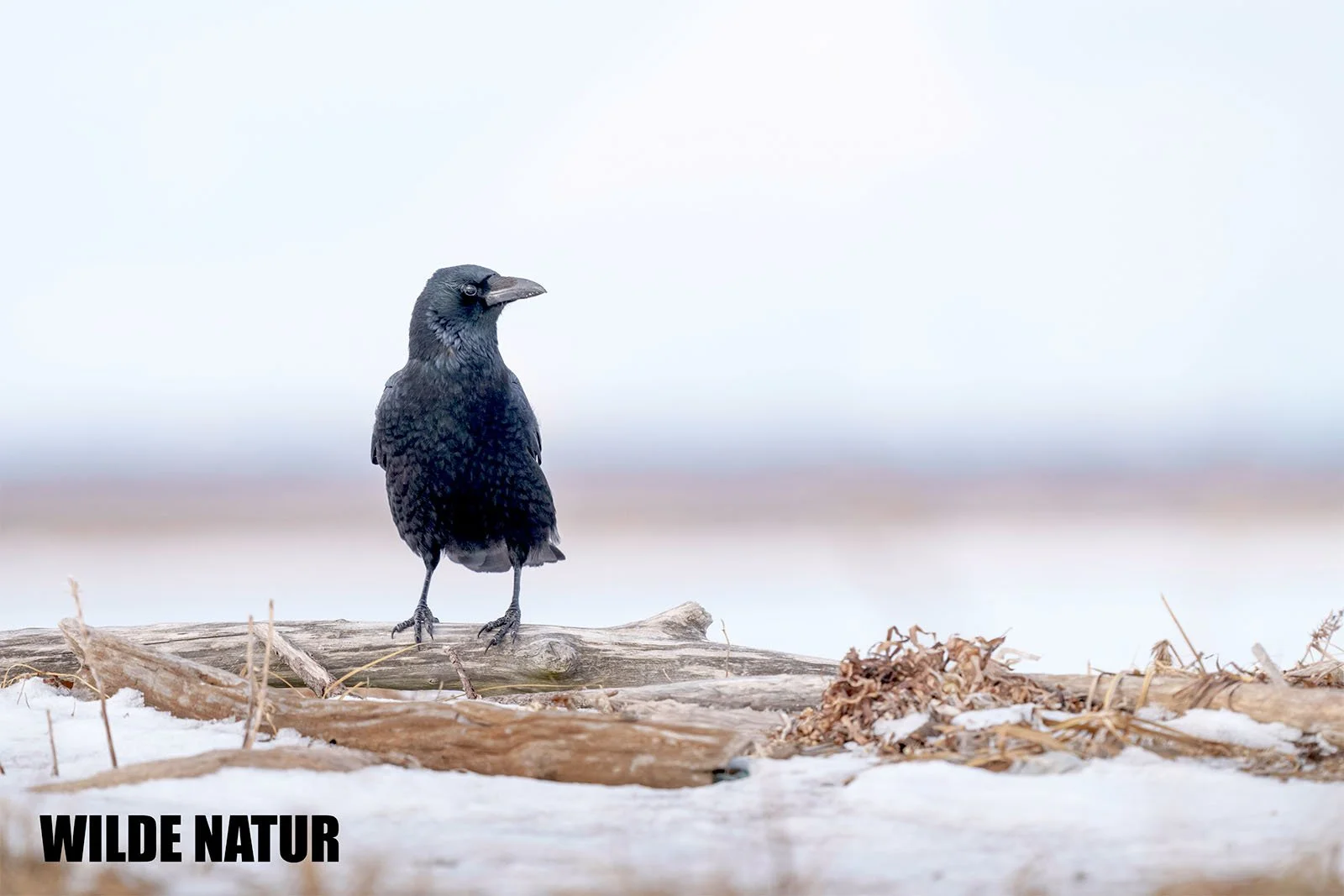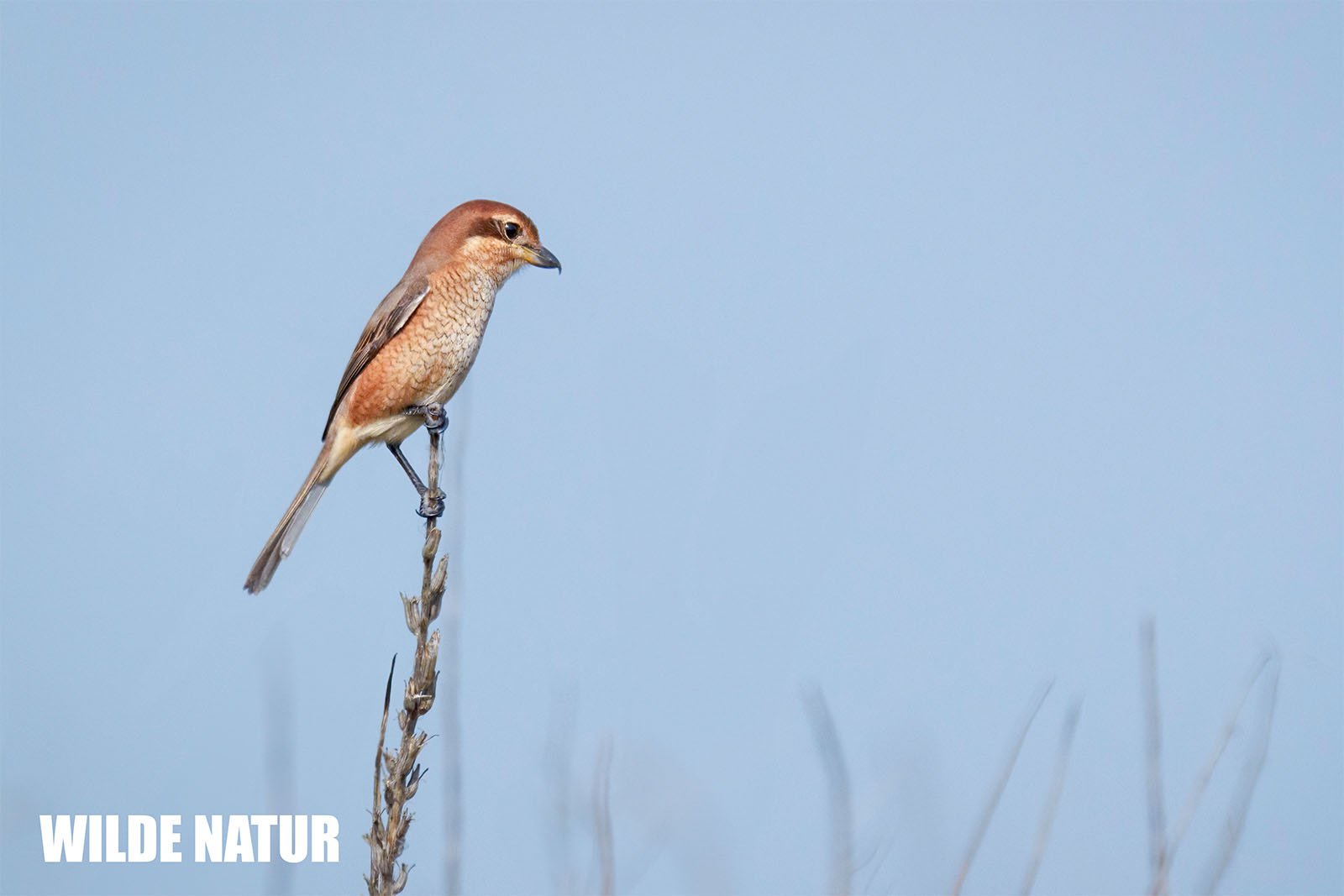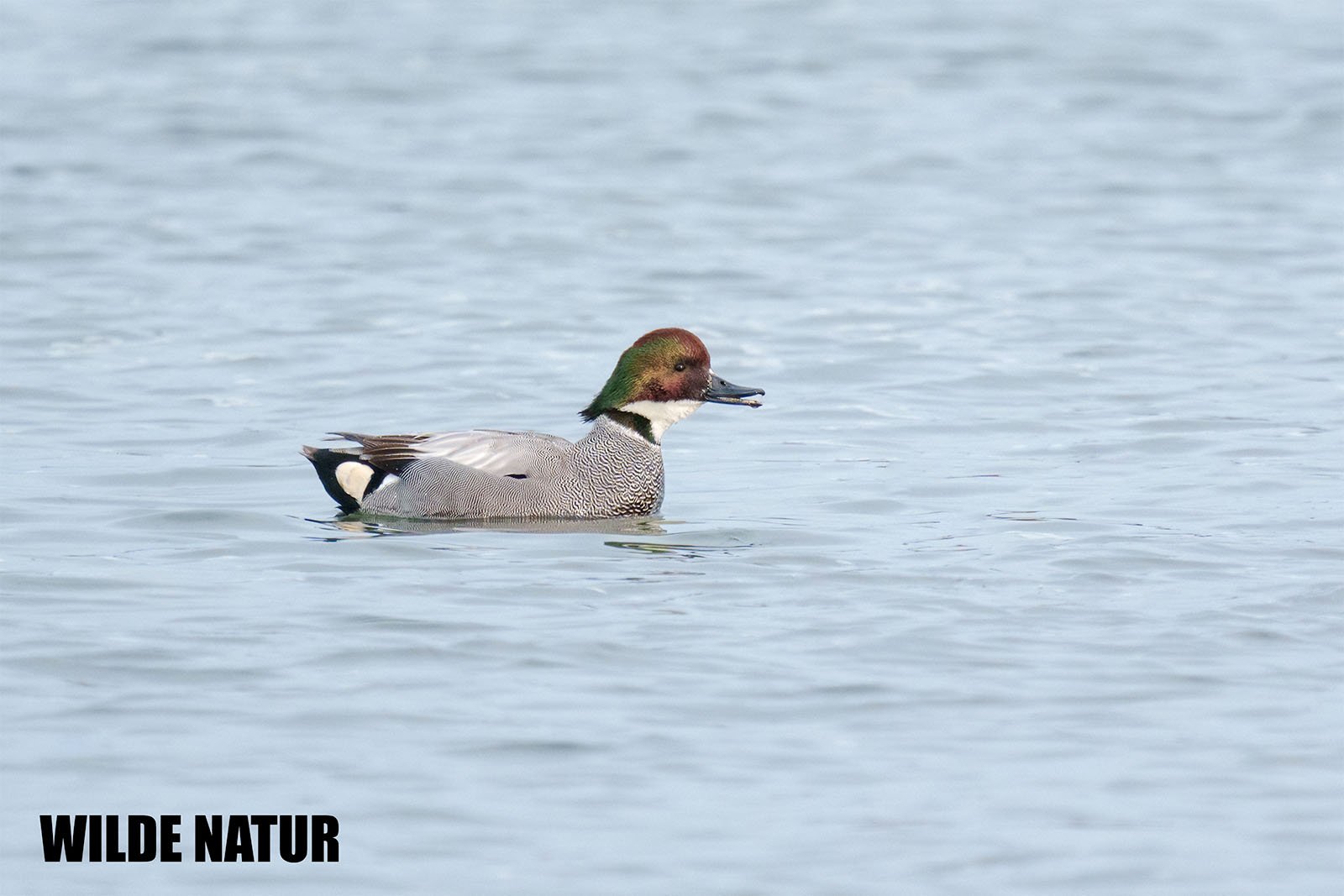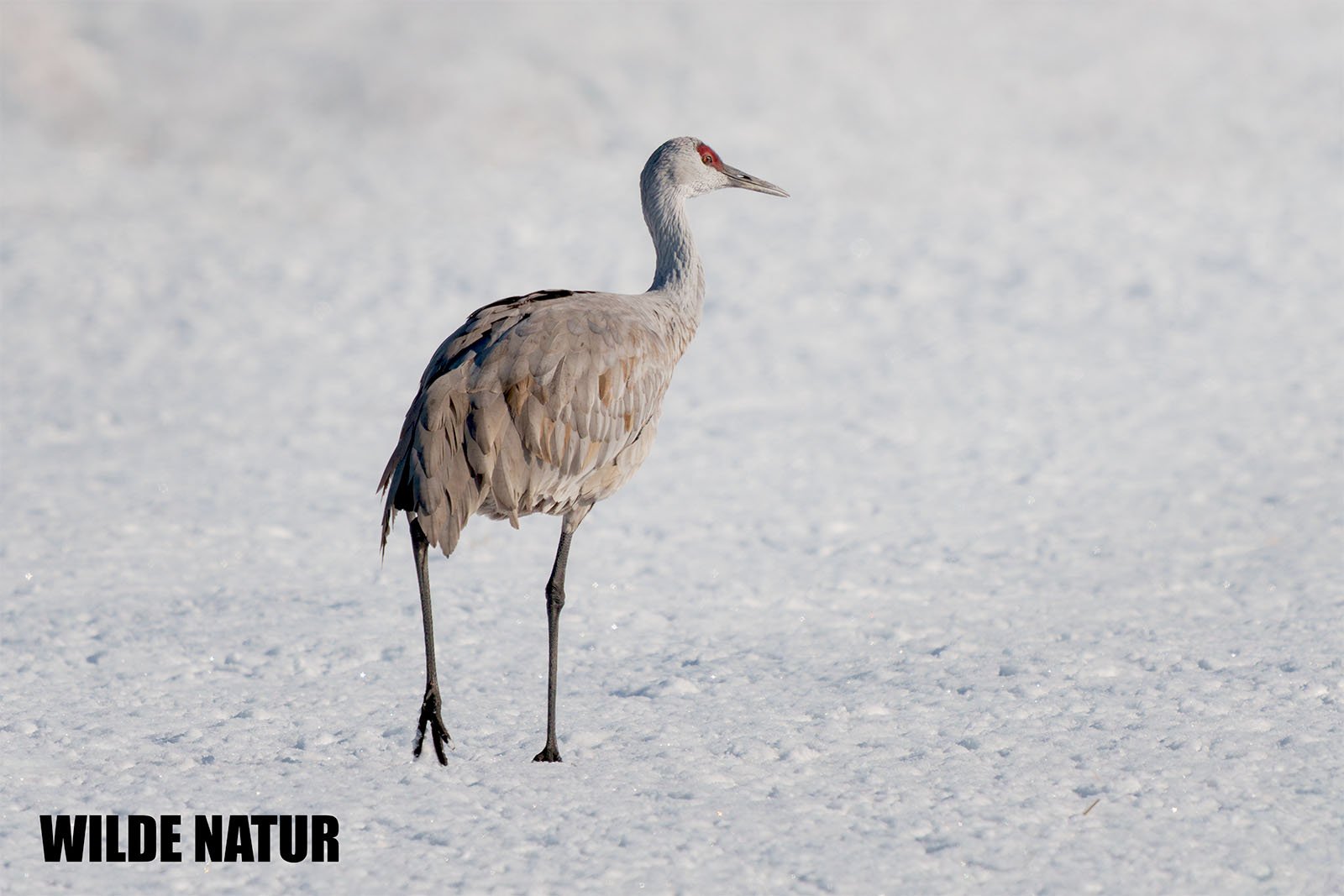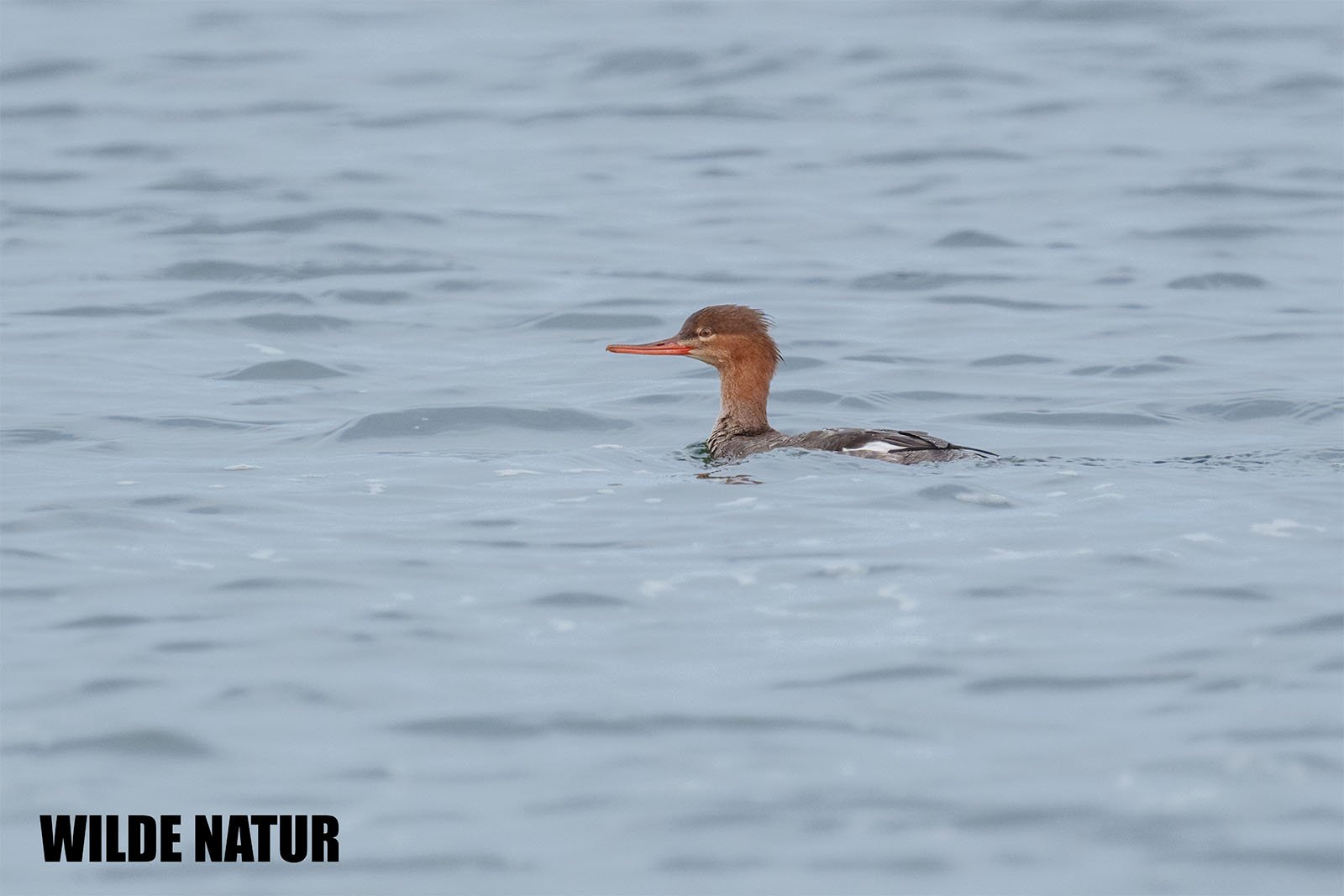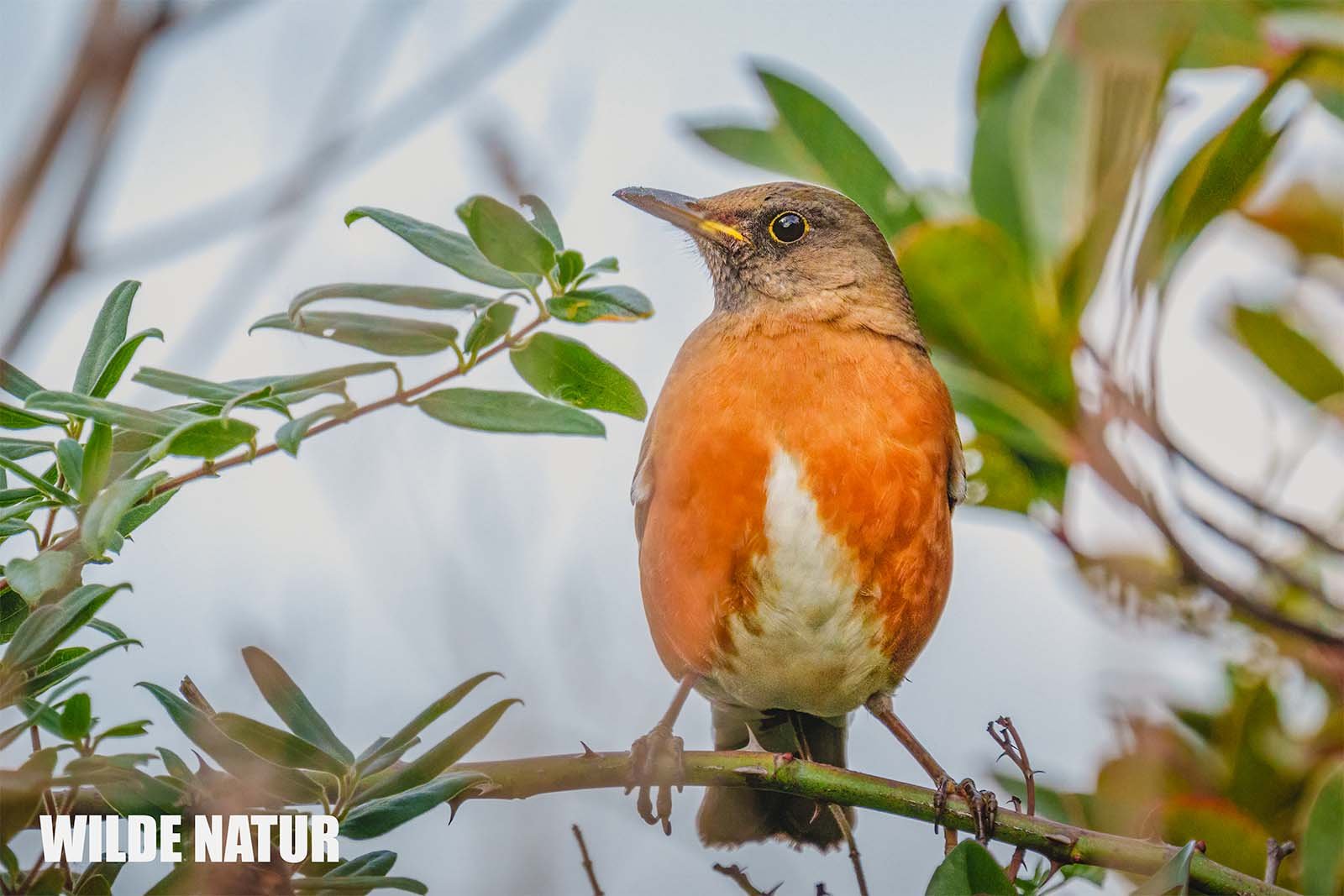Common greenshank (Tringa nebularia)
Common greenshank (Tringa nebularia)
Common Greenshank – The Agile Wader with Long Legs
The Common Greenshank is a distinctive and widespread wading bird, easily recognized by its long legs and slightly upturned bill. It is a skilled hunter, searching for prey in shallow waters and gathering in large groups during migration.
Table of Contents
- Key Facts
- Appearance and Features
- Habitat & Distribution
- Breeding & Nesting
- Hunting & Diet
- Shortlist – All Key Facts at a Glance
- FAQ – Frequently Asked Questions
- Conclusion
1. Key Facts
- Size: 30–34 cm
- Features: Long, slightly upturned bill, greenish legs, contrasting plumage
- Habitat: Bogs, heathlands, tundra, coastal mudflats, and wetlands
- Breeding: Nests on dry ground near moors or under trees
- Diet: Aquatic insects, small fish, amphibians, crustaceans, and worms
2. Appearance and Features
The Common Greenshank is a large, slender wader with noticeably long legs and a distinctive bill that appears slightly greenish at the base and darkens towards the tip.
Breeding Plumage (Spring & Summer)
- Dark central spots on the shoulder feathers create an irregular pattern.
- Head, breast, and flanks are finely speckled.
Non-Breeding Plumage (Autumn & Winter)
- The upperparts are a uniform pale gray, and the front of the neck is pure white.
Juvenile Plumage
- Darker upperparts with finely pale-edged feathers.
3. Habitat & Distribution
The Common Greenshank occupies a variety of habitats throughout the year:
Breeding Grounds
- Bogs and heathlands with scattered trees
- Birch and willow zones in the tundra
Migration & Wintering Sites
- Coastal mudflats and estuaries
- Shallow inland waters and river mouths
During migration, it can also be found at inland lakes and wetlands, usually in small groups or alone.
4. Breeding & Nesting
- The nest is usually placed on dry ground, often at the edge of a bog or at the base of a tree.
- Eggs are laid directly on the ground, with minimal plant material for cushioning.
- Chicks are precocial, meaning they leave the nest and forage independently shortly after hatching.
5. Hunting & Diet
The Common Greenshank has a varied diet that shifts with the seasons:
- Breeding season: Aquatic insects, small fish, amphibians, and tadpoles
- Migration & Winter: Crustaceans and marine worms
Hunting Technique
- Wades through shallow water, picking prey from the surface or chasing small fish with its open bill.
- Uses its long legs to wade deeper than many other waders.
6. Shortlist – All Key Facts at a Glance
- Size: 30–34 cm
- Features: Long, slightly upturned bill, long greenish legs
- Habitat: Bogs, heathlands, tundra, coastal wetlands
- Nest: Ground-nesting, often near moors or under trees
- Diet: Aquatic insects, small fish, amphibians, crustaceans, worms
- Special Trait: Hunts by running through shallow water
7. FAQ – Frequently Asked Questions
Where can you observe the Common Greenshank in the UK and Europe?
During migration, it can be found in coastal areas like mudflats and estuaries, as well as at inland lakes and large river mouths.
How can you identify the Common Greenshank in flight?
It has a distinctive black-and-white wing pattern and a contrasting white wedge on its back.
How does the Common Greenshank differ from the Green Sandpiper?
The Greenshank is significantly larger, has longer legs, and a slightly upturned bill, while the Green Sandpiper is more compact and has a distinct chest pattern.
Why is the Common Greenshank such a successful migratory bird?
Its versatile diet and ability to adapt to different habitats allow it to thrive over long migrations.
Is the Common Greenshank endangered?
The species is currently considered stable, but habitat loss due to wetland drainage and disturbance in resting areas pose threats.
8. Conclusion
The Common Greenshank is a highly adaptable wading bird, found both inland and along coastlines. Its long bill, striking greenish legs, and versatile hunting techniques make it a distinctive presence in wetlands. During migration, it can be easily observed foraging in shallow waters.
Tip for Birdwatchers: Your best chances of spotting one are in coastal areas or at inland wetlands during migration seasons.



